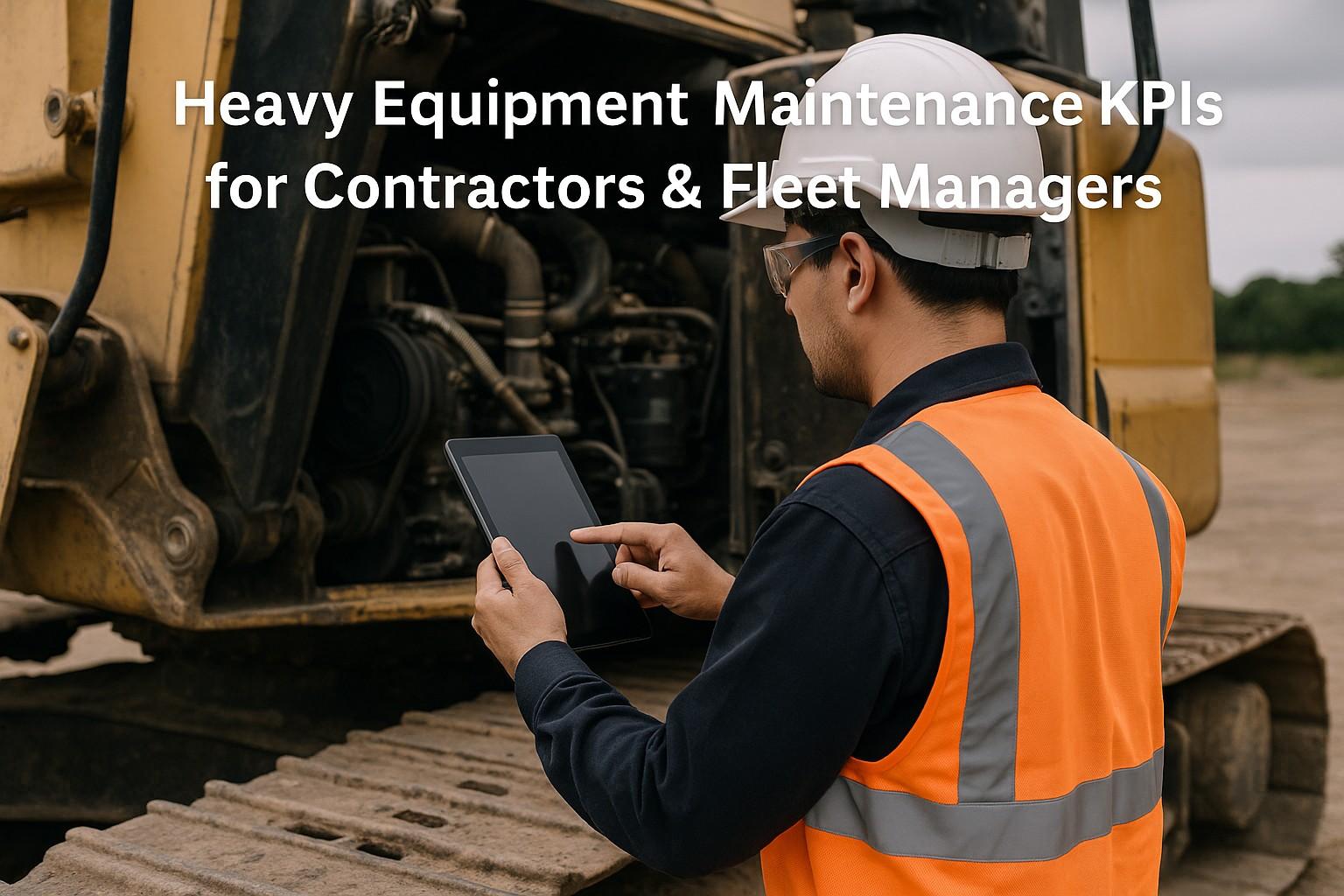The Internet of Things (IoT) has emerged as a transformative force in various industries, and fleet management is no exception. Yet, despite its growing presence, the concept of IoT often remains shrouded in ambiguity, leaving many fleet managers uncertain about its practical applications. In this blog post, we’ll demystify IoT within the context of fleet management, provide a clear understanding of device networking, and outline practical steps to optimize your connected fleet.
What is IoT in Fleet Management?
IoT, or the Internet of Things, refers to a network of physical devices connected via the internet, enabling them to collect and exchange data among themselves. In fleet management, IoT encompasses devices like GPS trackers, telematics units, sensors, mobile devices, and cloud-based fleet management solutions. These tools collectively monitor and manage fleet operations more efficiently, enhancing visibility, safety, and productivity.
PRO-TIP
Wondering what "cloud-based" means? It can seem nebulous, but it essentially means that data is stored on a collection of remote servers. You can access this data anytime, anywhere, instead of it being confined to a local server or device.
What are Connected Vehicles?
You may also hear the term “connected vehicle” when discussing IoT. A connected vehicle is one that uses technology to connect to the internet, enabling it to share data collected from the vehicle’s systems with external sources. This connectivity can be achieved through embedded systems, using pre-installed chipsets and antennas, or through post-production systems that rely on smartphone pairing.
While it’s easy to picture high-tech cars with heads-up displays, connected vehicles extend beyond that image. Medium-duty trucks, 18-wheelers, construction excavators, and farming tractors can all become connected vehicles with the right equipment and mindset.
How is IoT Used in Fleet Management?
IoT technology can be leveraged in various ways to optimize fleet operations:
- Predictive Maintenance: IoT sensors monitor vehicle components like engine health, tire pressure, and brake wear in real-time. This allows fleet managers to minimize downtime and maintenance costs by addressing issues before they escalate.
- Real-Time Vehicle Tracking: GPS trackers monitor routes, optimize deliveries, and provide accurate ETAs to customers. This improves operational efficiency, ensures timely deliveries, and reduces fuel costs.
- Driver Behavior Monitoring: IoT devices track driver behavior, including speeding, harsh braking, and idling. This data enhances driver safety, reduces accidents, and lowers insurance premiums.
- Fuel Management: IoT systems track fuel consumption and detect irregularities, such as sudden drops in fuel levels, which could indicate theft or inefficiency.
- Compliance and Reporting: IoT devices automatically store data needed for regulatory compliance, such as hours of service or emissions data, reducing the administrative burden on fleet managers.
- Environmental Monitoring: Sensors can measure environmental conditions within temperature-sensitive cargo, such as refrigerated trucks, ensuring that goods are transported under optimal conditions.
- Geofencing: Virtual boundaries can be created around job sites or restricted zones, enhancing security, preventing unauthorized vehicle use, and improving operational control.
The applications of IoT in fleet management are vast, limited only by your imagination and technological resources.
Benefits of IoT for Fleet Management
The integration of IoT in fleet management offers several key benefits:
- Real-Time Tracking and Monitoring: GPS and telematics devices provide real-time updates on vehicle location and status, enhancing fleet visibility and control.
- Enhanced Maintenance: IoT sensors monitor vehicle health, predicting maintenance needs before they become critical issues, thereby reducing unexpected breakdowns.
- Improved Safety: Dashcams and driver behavior monitors help enforce safe driving practices, reducing the likelihood of accidents and lowering liability.
- Operational Efficiency: Data from connected devices streamlines routing, reduces fuel consumption, and enhances overall operational efficiency, ultimately leading to cost savings.
Key Components of an IoT Fleet Management System
Several devices are integral to an IoT-enabled fleet management system, many of which may already be in use within your fleet:
- Telematics Devices: Collect data on vehicle performance, location, and driver behavior, offering insights that can improve fleet operations.
- GPS Trackers: Provide real-time location tracking for each vehicle in the fleet, enabling better route planning and delivery accuracy.
- Dashcams: Record driving conditions and incidents, providing valuable insights into driver behavior and safety.
- Vehicle Sensors: Monitor critical engine parameters, alerting fleet managers to potential issues before they become serious.
- Mobile Devices and Apps: Enable drivers and managers to communicate and access real-time data on the go, enhancing decision-making capabilities.
PRO-TIP
But wait, I already have most of this in place, so what’s new about IoT? The biggest distinguishing factor of an IoT-enabled fleet is the ability to tap into the connectedness of all these devices – having them communicate and share data with one another instead of just housing that data in respective siloes. Uniting that data becomes a lot easier if you have an integrated fleet management platform, like HVI!
Pro Tip:
But wait, I already have most of this in place, so what’s new about IoT? The biggest distinguishing factor of an IoT-enabled fleet is the ability to tap into the connectedness of all these devices – having them communicate and share data with one another instead of just housing that data in respective siloes. Uniting that data becomes a lot easier if you have an integrated fleet management platform, like HVI!
6 Practical Tips for Implementing IoT in Fleets
Here are some practical steps to effectively implement IoT in your fleet management:
- Map Out Your Devices: Start by listing all IoT devices currently in use within your fleet. Identify the data each device collects and how it’s utilized. If there are gaps, plan to fill them.
- Integrate Data Sources: Use your chosen fleet management software to consolidate data from various devices into a single platform. Ensure the software accommodates all the data you wish to preserve and provides a comprehensive view of your fleet’s operations.
- Analyze Data Regularly: Set up regular intervals for analyzing the data collected from IoT devices. Look for patterns and trends that can inform decision-making and improve fleet efficiency.
- Train Your Team: Educate drivers and fleet managers on the importance of IoT devices and provide thorough training on how to use the technology effectively. This ensures that everyone is aligned and can make the most of the data generated.
- Stay Updated on Technology: Keep abreast of advancements in IoT and telematics technology. Evaluate new devices and software that could further enhance your fleet’s efficiency and safety.
- Engage with Your Vendors: Work closely with your IoT device vendors to fully understand the capabilities of your devices. Request demonstrations and detailed walkthroughs to ensure you’re maximizing the benefits of their products.
More Tips for Fleet Managers
Additional tips to further optimize IoT in fleet management:
- Conduct Regular Audits: Periodically review your IoT setup to ensure all devices are operational and providing accurate, valuable data.
- Set Clear Objectives: Define what you want to achieve with IoT in your fleet, whether it’s improved safety, reduced costs, or enhanced efficiency. Align all efforts with these goals to streamline operations.
- Leverage Predictive Analytics: Use data from IoT devices to predict and prevent issues before they arise, such as scheduling preventive maintenance based on sensor data.
- Optimize Routes: Utilize real-time data to create more efficient routes, reducing fuel consumption and improving delivery times.
- Improve Driver Performance: Monitor driver behavior and provide feedback to promote safer and more effective driving practices.
Addressing IoT Security Risks for Fleets
While IoT offers numerous benefits for fleet management, it also introduces certain security risks that must be addressed:
- Data Privacy:
- Concern: Unauthorized access to sensitive data such as location, driving behavior, and vehicle health.
- Solution: Implement robust encryption protocols for data transmission and storage to protect sensitive information.
- Network Security:
- Concern: Vulnerabilities in the network that could be exploited by hackers.
- Solution: Ensure secure private networks for IoT device communication. Employ firewalls and conduct regular security audits.
- Device Security:
- Concern: Physical and digital tampering with IoT devices.
- Solution: Deploy tamper-proof devices and keep firmware updated to protect against vulnerabilities.
- Access Control:
- Concern: Unauthorized access to IoT management systems.
- Solution: Implement multi-factor authentication (MFA) and role-based access controls to restrict system access. Train your team to ensure roles and permissions are clearly understood.
- Compliance:
- Concern: Adhering to regulatory requirements regarding data security and privacy.
- Solution: Stay informed about relevant regulations and ensure your IoT practices comply with legal standards. Work with vendors to ensure their security protocols align with your compliance needs.
Conclusion
IoT is revolutionizing fleet management by offering unprecedented insights, improving safety, and boosting efficiency. By understanding the components of IoT, recognizing its benefits, and following practical implementation steps, fleet managers can optimize their operations and stay ahead in a competitive industry. However, it’s essential to remain vigilant about the security risks associated with IoT and take proactive measures to mitigate them. With the right strategy, IoT can be a game-changer for your fleet, driving significant improvements in performance and profitability.




